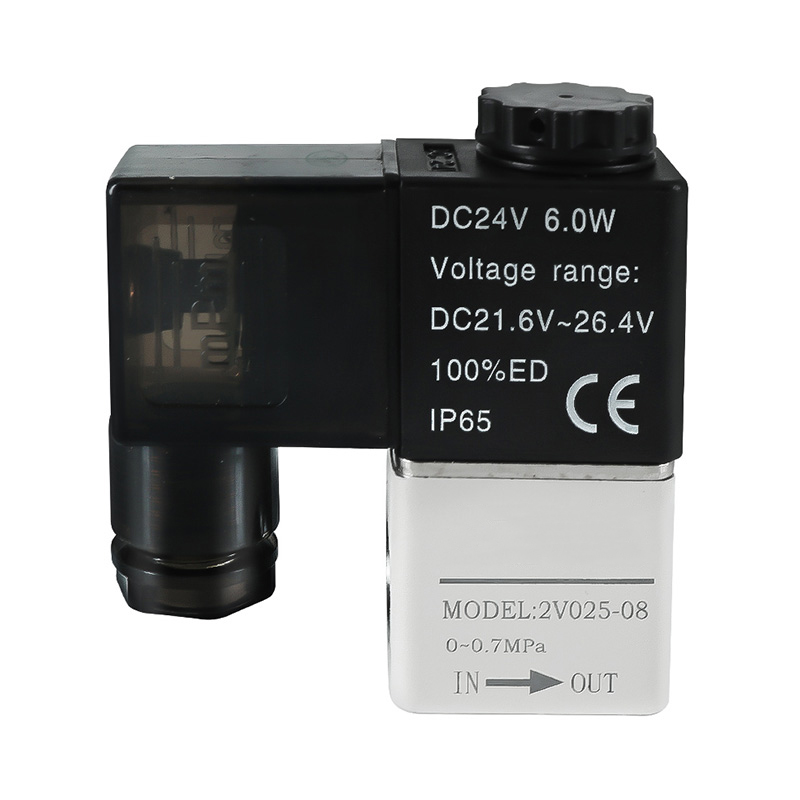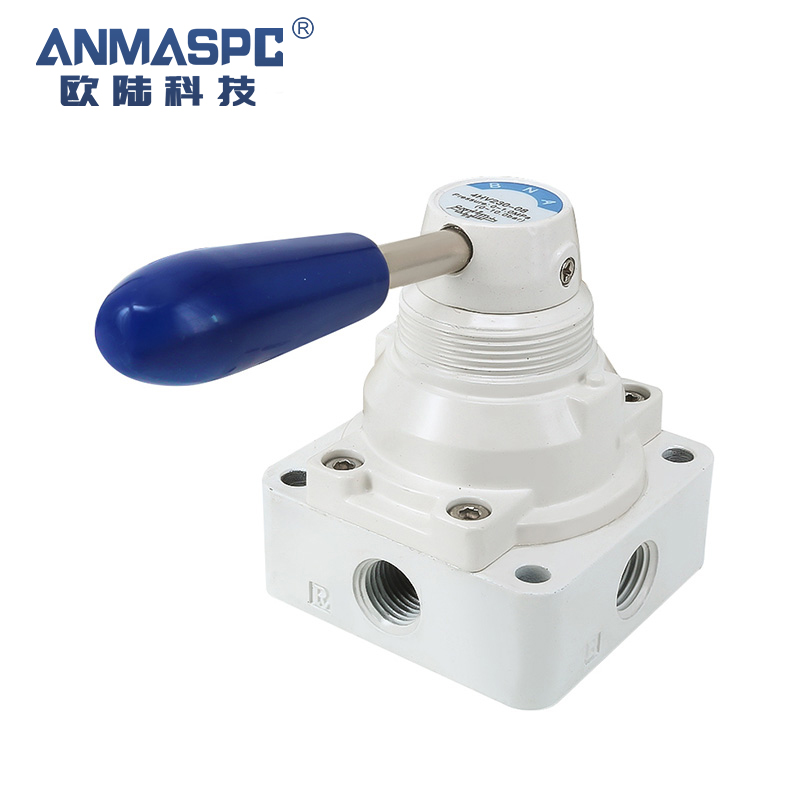- English
- Español
- Português
- русский
- Français
- 日本語
- Deutsch
- tiếng Việt
- Italiano
- Nederlands
- ภาษาไทย
- Polski
- 한국어
- Svenska
- magyar
- Malay
- বাংলা ভাষার
- Dansk
- Suomi
- हिन्दी
- Pilipino
- Türkçe
- Gaeilge
- العربية
- Indonesia
- Norsk
- تمل
- český
- ελληνικά
- український
- Javanese
- فارسی
- தமிழ்
- తెలుగు
- नेपाली
- Burmese
- български
- ລາວ
- Latine
- Қазақша
- Euskal
- Azərbaycan
- Slovenský jazyk
- Македонски
- Lietuvos
- Eesti Keel
- Română
- Slovenski
- मराठी
- Srpski језик
The Function of a Throttle Valve
2024-03-14
The Function of a Throttle Valve
The Main Function of a Throttle Valve:Regulate speed, act as a load resistance, and in some cases, act as a pressure buffer. It controls the fluid flow rate by changing the throttling section or length. In practical applications, throttle valves can be combined with other components, such as one-way valves and relief valves, to form different control systems, such as throttle speed control systems, for precise control of fluid flow and quality. Throttling valves usually do not have negative flow feedback function, so they cannot effectively compensate for speed instability caused by load changes. They are suitable for situations where load changes are not significant or speed stability is not required.

The types of throttle valves:
Throttle valve is a commonly used fluid control component that can change the cross-sectional area of the fluid channel, thereby regulating the flow rate and pressure of the fluid. There are many types of throttle valves, and the following are several common types of throttle valves:
1.Needle Shaped Throttle Valve: The needle shaped throttle valve is the simplest throttle valve, consisting of a needle shaped valve core and a valve body. The cross-sectional area of the needle shaped valve core is conical, which can change the cross-sectional area of the fluid channel, thereby regulating the flow rate and pressure of the fluid. This type of throttle valve has a simple structure and is suitable for some low-pressure and low flow situations.
2.Parallel Throttle Valve: The valve core of a parallel throttle valve is flat, and its channel is parallel to the valve core. When rotating the valve core, the cross-sectional area of the channel can be changed to regulate the flow rate and pressure of the fluid. This type of throttle valve is suitable for some situations with larger flow rates.
3.Sliding plate throttle valve: The valve core of the sliding plate throttle valve is in the shape of a sliding plate, and its channel is perpendicular to the sliding plate. By rotating the valve body, the position of the sliding plate can be changed, thereby changing the cross-sectional area of the channel and regulating the flow rate and pressure of the fluid. This type of throttle valve is suitable for some high-pressure and high flow situations.
4.Thin film throttle valve: The thin film throttle valve is composed of a thin film and a spring. When external force is applied, the thin film produces displacement, thereby changing the cross-sectional area of the throttle port and regulating the flow rate and pressure of the fluid. This type of throttle valve is suitable for situations that require quick response.
5.Angle throttle valve: The channel of the angle throttle valve has a certain angle relationship with the valve core. By rotating the valve core or moving the valve body, the cross-sectional area of the channel can be changed, thereby regulating the flow rate and pressure of the fluid. This type of throttle valve is suitable for situations that require special angles.






